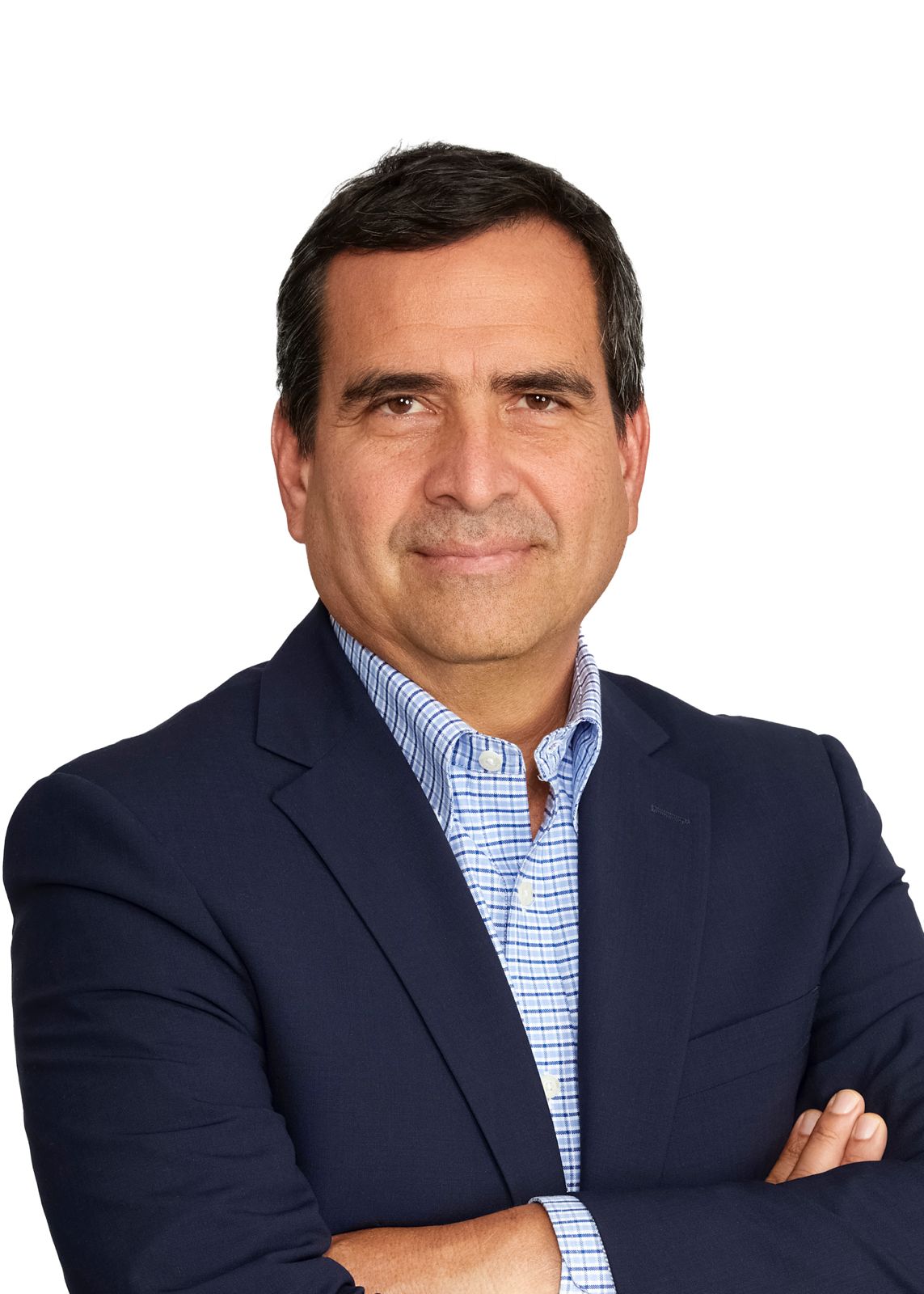Poor Healthcare Infrastructure Delays Early Detection Of Cervical Cancer

Roberto Taboada
Mr Roberto Taboada, Network Lead of Anglo West Africa at Roche Diagnostics, disclosed during a recent Zoom interview that “poor healthcare infrastructure, limited access to Human Papillomavirus (HPV) screening, poor awareness, and financial constraints, among others, are some of the primary barriers to early detection and treatment of cervical cancer in Nigeria.”
Taboada explained that many women, especially in rural areas, struggle to access screening due to a shortage of healthcare facilities offering HPV-DNA testing. Cultural beliefs and misinformation further discourage women from seeking screening, while financial constraints make regular check-ups unaffordable for many.
“HPV testing is crucial for cervical cancer prevention, yet awareness remains low, and stigma prevents many from getting tested,” he said. “Expanding access to self-sampling kits, integrating HPV screening into routine healthcare, and increasing awareness through targeted outreach can help improve testing rates.”
On improving HPV vaccination rates, Taboada stressed the need to address vaccine availability, misinformation, and healthcare infrastructure gaps. He noted that many parents are unaware of the vaccine or fear its side effects due to misinformation. Inconsistent vaccine supply in healthcare facilities further complicates efforts, but public education campaigns, school-based vaccination programmes, and partnerships with private healthcare providers could boost uptake.
“Breaking societal taboos,” he added, “requires a multi-faceted approach involving community leaders, religious organisations, and healthcare professionals. Public awareness campaigns should use trusted messengers to provide accurate information about HPV and cervical cancer. Schools and organisations must incorporate reproductive health education so young girls can make informed decisions.”
Taboada called for nationwide HPV screening programme implementation, integrating cervical cancer screening into maternal health services, and sustainable funding for vaccination and treatment. He also emphasised the importance of training healthcare providers on HPV screening and using digital outreach technologies to increase participation.
Adding urgency to the matter, Taboada also called for the Nigerian government to adopt the World Health Organization’s (WHO) August 2020 resolution to eliminate cervical cancer. This strategy aims for:
- 90% of girls to be vaccinated by age 15.
- 70% of women to be screened with a high-quality test by age 45.
- 90% of women with cervical cancer to receive treatment.
With cervical cancer being the second leading cause of cancer-related deaths among Nigerian women, the resolution is essential for improving healthcare outcomes and reducing the disease’s mortality rate.
By addressing these issues and aligning efforts with global strategies, Nigeria can significantly reduce the burden of cervical cancer, saving lives and improving the overall health of women across the country.
Investing in cervical cancer prevention, he noted, reduces the economic burden on families and the healthcare system by preventing costly late-stage treatments. “Women are a vital part of the workforce, particularly in agriculture and small businesses, so their health directly impacts economic productivity,” he said. “Preventing cervical cancer also supports gender equality by ensuring women can fully participate in social and economic activities.”
He stressed that government and private sector collaboration is essential to expanding screening and vaccination access. Private healthcare providers can offer subsidised HPV testing and treatment, while pharmaceutical companies can work to lower vaccine costs. International organisations, he added, could provide funding, technical support, and advocacy to strengthen Nigeria’s cervical cancer prevention efforts.
Mobile clinics, community health workers, and self-sampling kits could further improve screening access in remote areas, while telemedicine could help educate and guide women through the process. “Government investment in rural healthcare infrastructure and targeted outreach programs can bridge the gap,” he said.
Regular HPV screening, early treatment, and widespread vaccination, Taboada concluded, can save lives. “Policymakers must prioritise smart funding and infrastructure allocation, healthcare professionals must encourage testing, and women must take charge of their health by getting screened and vaccinated.”











